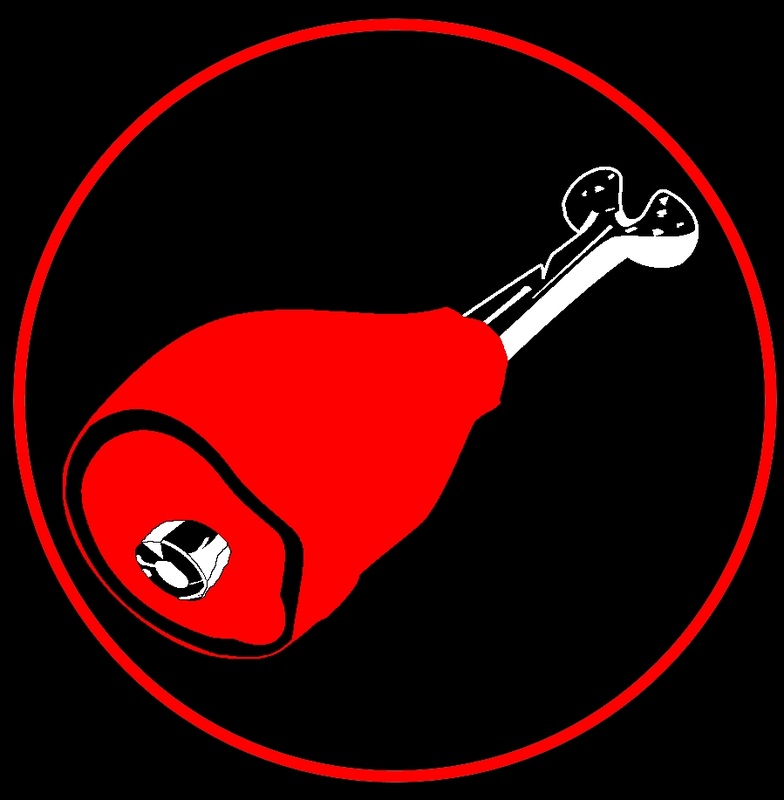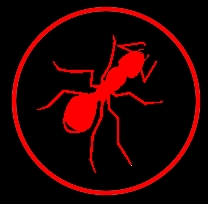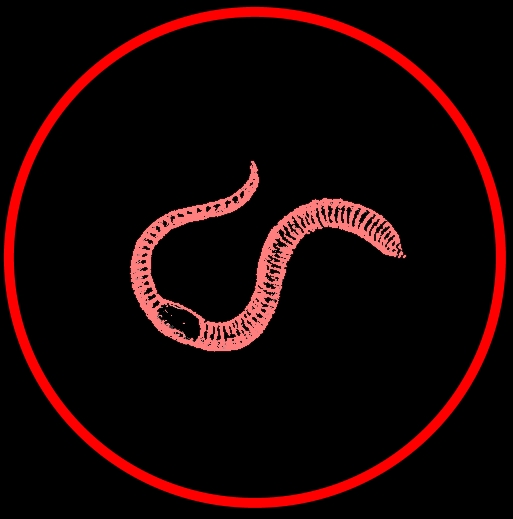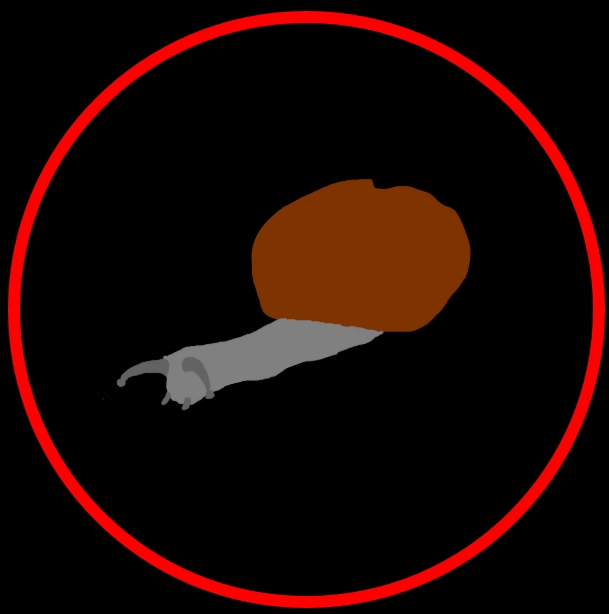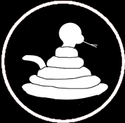Slow Worm
Anguis fragilis
Where is it found?
Woodlands, grasslands and urban green spaces
Diet and foraging method
Key adaptations
Slow worms have grooved teeth which allow them to get hold of their soft prey such as slugs and worms, and swallow them whole.
Social organisation and mating system
N/A
Did you know that...?
Slow worms are common in gardens and allotments, and can often be found burrowed into compost heaps and hiding under stones, wood and other scrap material to keep warm. They are vulnerable from predation by cats, which is one of their biggest threats.
Taxonomy
Picture credits:
Maps from: http://species.mol.org/species/
"Blindschleiche Anguis fragilis" by H.Krisp - Own work. Licensed under CC BY 3.0 via Wikimedia Commons - https://commons.wikimedia.org/wiki/File:Blindschleiche_Anguis_fragilis.jpg#/media/File:Blindschleiche_Anguis_fragilis.jpg
"Anguis fragilis 00" by Waugsberg - Own work. Licensed under CC BY-SA 3.0 via Wikimedia Commons - https://commons.wikimedia.org/wiki/File:Anguis_fragilis_00.jpg#/media/File:Anguis_fragilis_00.jpg
"Blindschleiche Anguis fragilis" by H.Krisp - Own work. Licensed under CC BY 3.0 via Wikimedia Commons - https://commons.wikimedia.org/wiki/File:Blindschleiche_Anguis_fragilis.jpg#/media/File:Blindschleiche_Anguis_fragilis.jpg
"Anguis fragilis 00" by Waugsberg - Own work. Licensed under CC BY-SA 3.0 via Wikimedia Commons - https://commons.wikimedia.org/wiki/File:Anguis_fragilis_00.jpg#/media/File:Anguis_fragilis_00.jpg




